Results
-
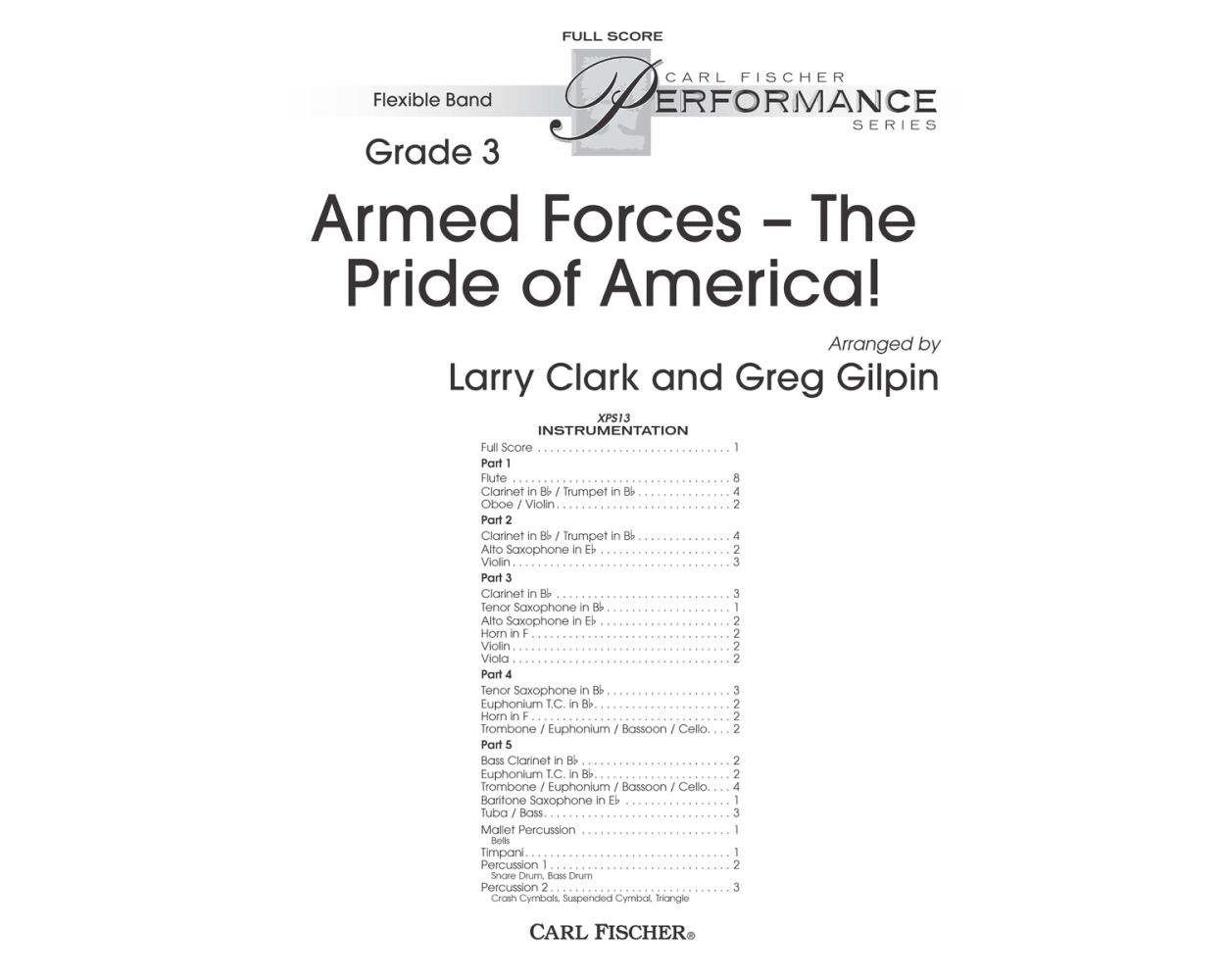 £115.00
£115.00Armed Forces The Pride of America! - Boskerck
With theme songs from all five branches of the armed forces, stirring march themes from John Philip Sousa, and both the Pledge of Allegiance and National Anthem of the United States of America, Armed Forces - The Pride of America is sure to become a staple for patriotic programs. Arrangers Larry Clark and Greg Gilpin have taken great care in creating a uniquely flexible setting both in instrumentation and performance. Designed to be performed by band, orchestra, or chorus, separately or in any conceivable combination, ensembles need not be limited by size or instrumentation. Careful attention has also been paid to playability for ease of performance and rehearsal. An optional ending allows even further flexibility when performance time is a consideration and an optional narrator part can be used to invite rousing audience participation. This popular medley is sure to bring a stunning performance in almost any setting.
Estimated dispatch 12-14 working days
-
 £54.00
£54.00The Voyage
At first lush and mysterious, then light and uplifting, The Voyage begins. Newcomer George Sweet brings us some invigorating ideas and harmonic treatments, as well as shifting rhythmic feels from 4/4 to 3/4 time. There is some great interplay between various sections of the band that changes from light woodwind sounds to strong brass interjections. George is a composer to watch in the years to come.
Estimated dispatch 12-14 working days
-
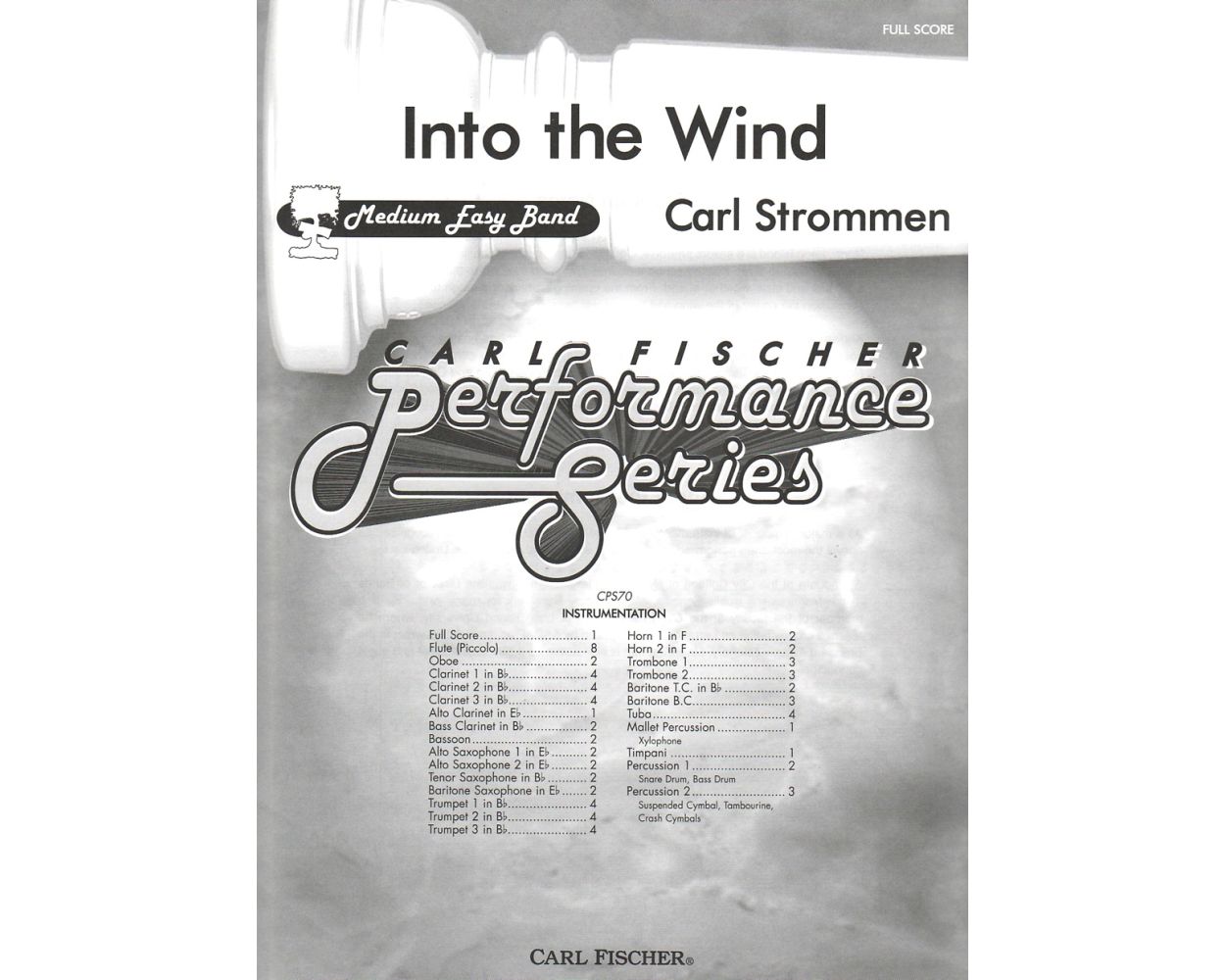 £58.00
£58.00Into the Wind
After a bracing and invigorating opening, Carl Strommen's tribute to the nautical culture of his home turf, Long Island, is off and flying. Wind whistles through the sails and the feel of the sea is ever-present in this tuneful and brilliantly scored selection from a master writer of music for band. This is a great way for a polished junior or senior high school band to show off its musical mettle.
Estimated dispatch 12-14 working days
-
 £41.00
£41.00Sliding the Scale
Now you can teach the Bb scale in a fun way Your audiences will love this cute piece that features the trombone section with idiomatic glissandi. Great to liven up a concert!
Estimated dispatch 12-14 working days
-
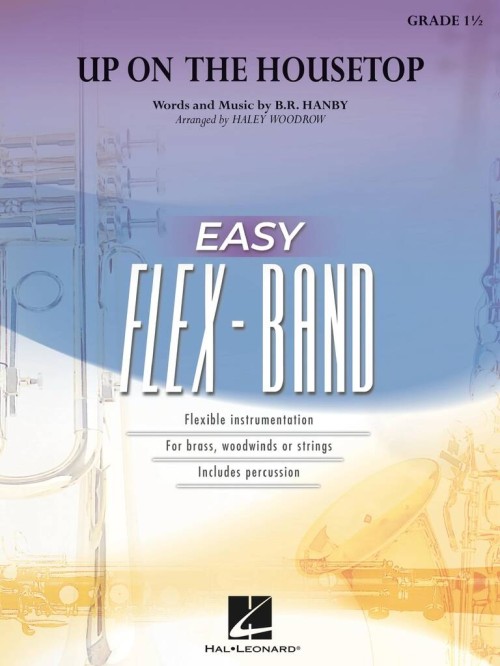 £47.50
£47.50Up on the Housetop (Flexible Ensemble - Score and Parts) - Hanby, Benjamin - Woodrow, Haley
Here is a familiar holiday tune but with some cleverly added twists and turns. The recurring quaver pattern provides a great opportunity to teach a steady pulse, while the melody passed around to every part gives all players something fun to play. Scored in 4-part flex format.Duration: 1.45
Estimated dispatch 7-14 working days
-
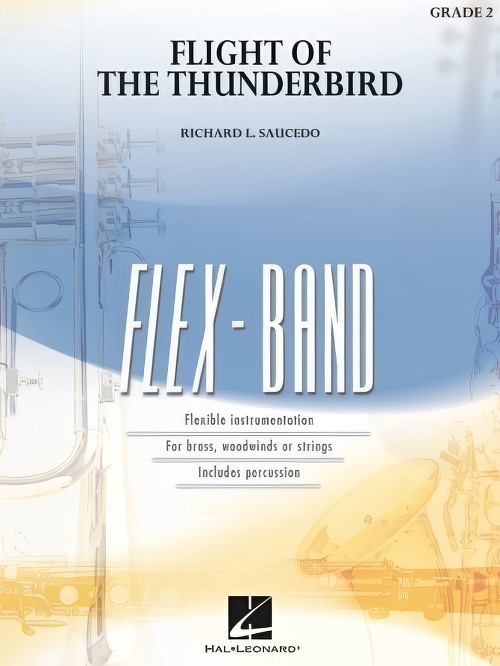 £57.50
£57.50Flight of the Thunderbird (Flexible Ensemble - Score and Parts) - Saucedo, Richard L.
First published in 2004, Richard Saucedo's Flight of the Thunderbird has remained a popular choice for contest and festival for younger players. Skilfully scored in this new edition for flexible instrumentation, this exciting work in one tempo will sound great with an ensemble of any size.
Estimated dispatch 7-14 working days
-
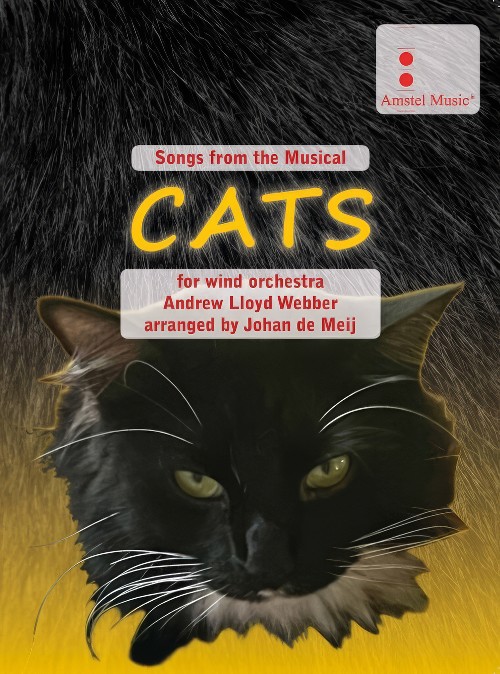 £118.99
£118.99Cats (Songs from the musical) (Concert Band - Score and Parts) - Lloyd Webber, Andrew - De Meij, Johan
The musical Cats, with music by Andrew Lloyd Webber is based on the 1939 poetry collection Old Possum's Book of Practical Cats by T.S. Eliot. It became Lloyd Webber's third great success, after the musicals Jesus Christ Superstar and Evita. He began setting Eliot's poems to music in 1977, and the compositions were first presented as a song cycle in 1980. Producer Cameron Mackintosh then recruited director Trevor Nunn and choreographer Gillian Lynne to turn the songs into a complete musical. Cats became one of the longest-running shows in West End and Broadway history. It received its world premiere at the New London Theatre in 1981, where it played for 21 record-breaking years and almost 9,000 performances. The following year, Cats opened at New York's Winter Garden Theatre, its home for the next 18 years, garnering seven 1983 Tony Awards, including Best Musical. The show returned to Broadway in 2016, where it had a successful pre-tour run at the Neil Simon Theatre. Cats has been presented in over 30 countries, translated into 16 languages, and seen by more than 73 million people worldwide. Lloyd Webber's magnificent musical score includes the poignant hit song Memory, which has been recorded by over 150 artists, from Barbra Streisand to Liberace to Barry Manilow. It took 7,486 chandelier crashes for Lloyd Webber's The Phantom of the Opera to take over from Cats as the longest-running show in Broadway history in January 2006.Duration: 8.15
Estimated dispatch 7-14 working days
-
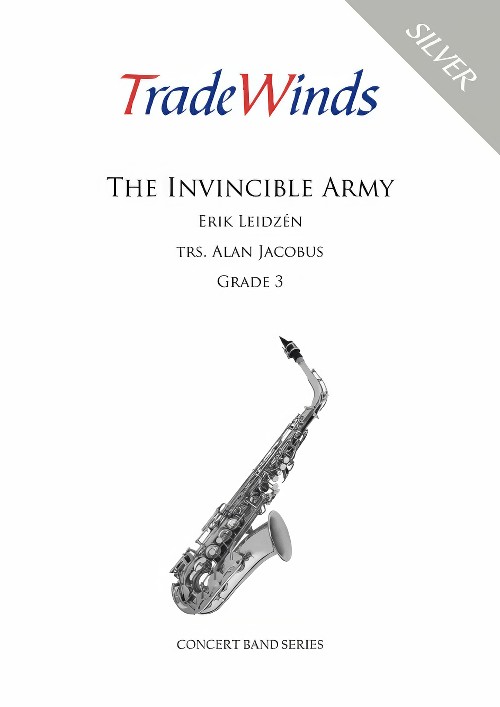 £39.95
£39.95The Invincible Army (Concert Band - Score and Parts) - Leidzen, Erik - Jacobus, Alan
Published in 1962 this is one of many fine marches composed by Erik Leidz?n. Full of interest and originality this march delves into keys not normally ventured in march writing which adds to the tonal colour of the march. A great opener or ending to a programme.
Estimated dispatch 7-14 working days
-
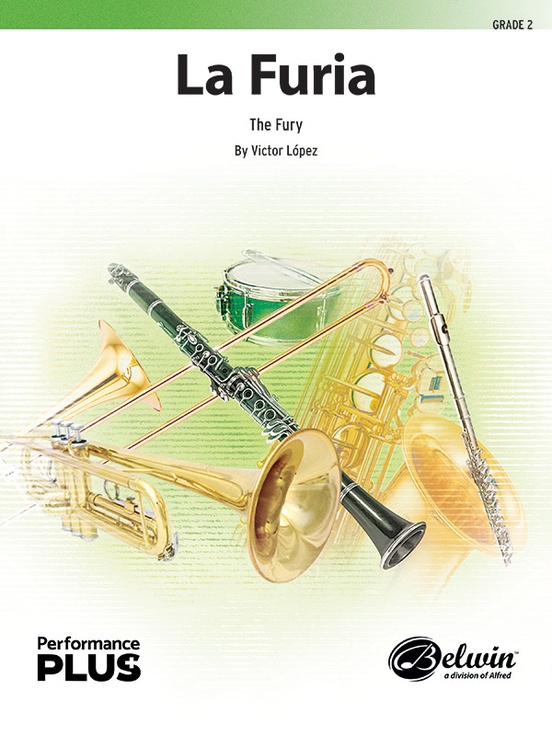 £63.00
£63.00La Furia (The Fury) (Concert Band - Score and Parts) - Lopez, Victor
La Furia (The Fury) is an original composition by veteran arranger and composer Victor L?pez. Well scored and energetic, this composition is certainly solid and effective for young ensembles. The fury is unleashed in forceful and enthusiastic musical statements from beginning to end. Constant rhythmic interaction with melodic lines intensifies throughout and engages everyone in a powerful way. Relevant motifs create the necessary intensity throughout and makes it easier to learn and teach. Guaranteed to be a winner with students and audience, as well as a great choice for contest or festivals. Duration: 2.45
Estimated dispatch 7-14 working days
-
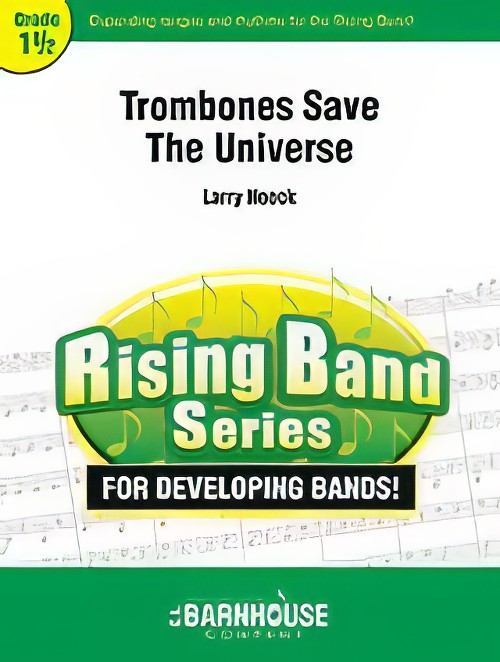 £50.00
£50.00Trombones Save the Universe (Trombone Section Feature with Concert Band - Score and Parts) - Neeck, Larry
The universe in in peril, and it's the trombone section to the rescue! The clever theme features the trombones at their finest, a strong and powerful statement with characteristic glissandi included, while the rest of the band gets plenty of opportunities to shine. Providing a great change-of-pace moment for your concert, this fun and novel piece will be a hit with students and audience alike! Duration: 2.30
Estimated dispatch 7-14 working days
